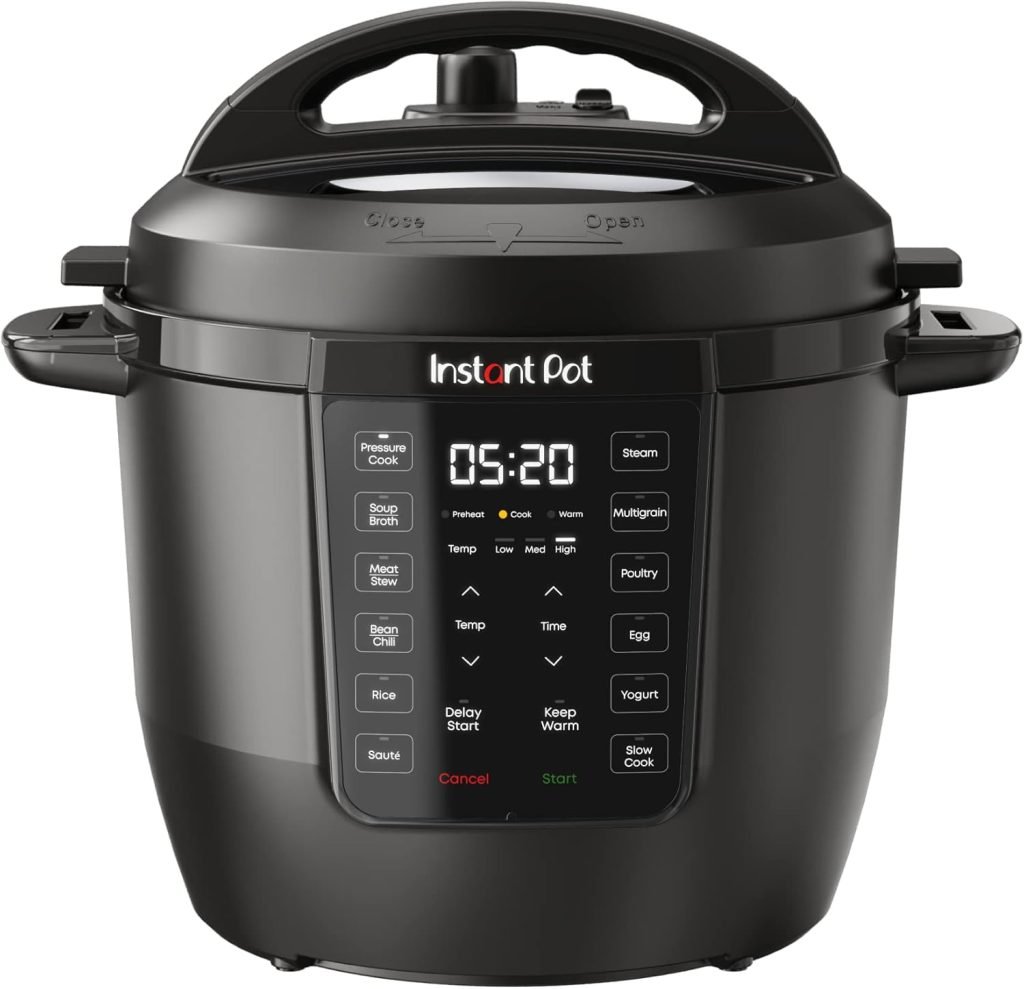Introduction:
How To Use A Pressure Cooker are versatile kitchen appliances that can transform your cooking experience. They use high-pressure steam to cook food quickly and efficiently, making them ideal for busy households. If you’re new to pressure cooking or just looking to brush up on your skills, here’s a comprehensive guide to get you started.
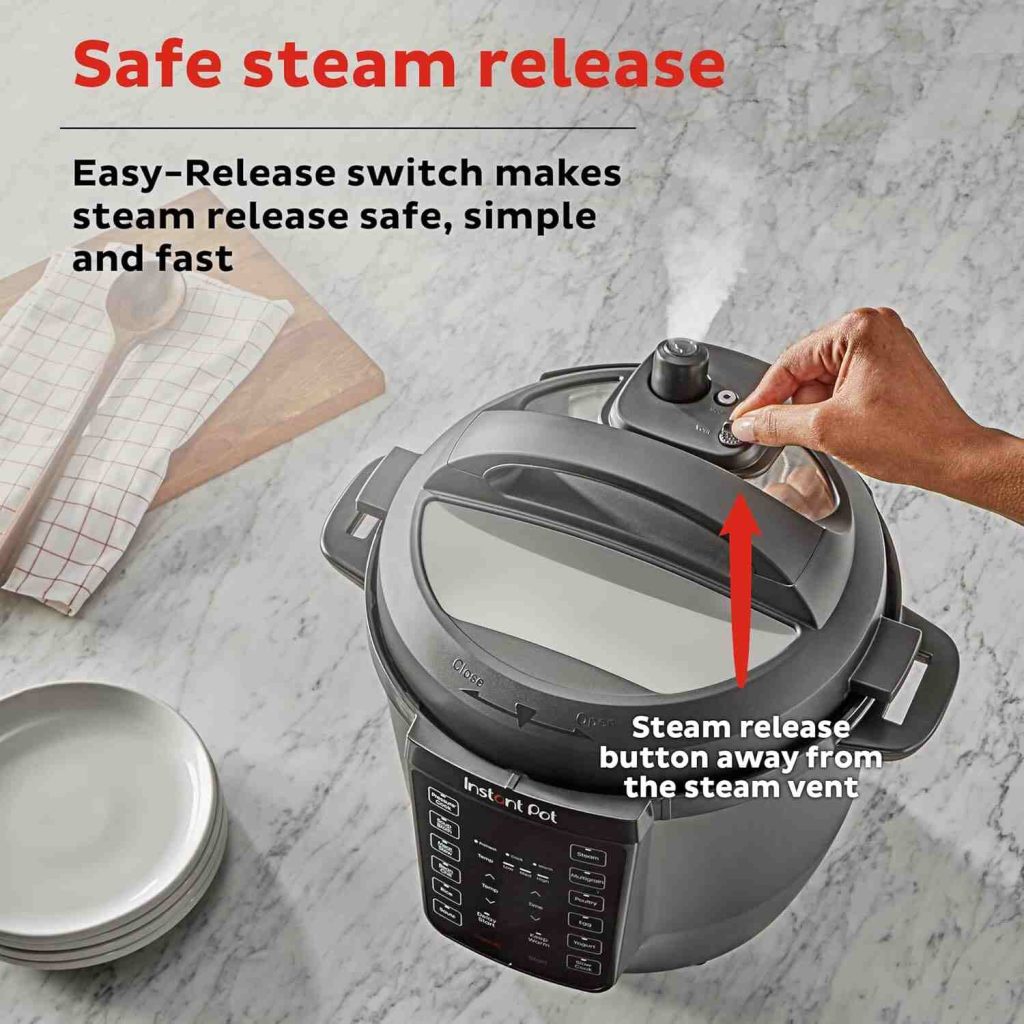
Understanding Your Pressure Cooker
Before diving into the cooking, it’s important to understand the basics of your pressure cooker. There are two main types: stovetop and electric. Stovetop pressure cookers are manually controlled and typically reach higher pressures, while electric models come with pre-set functions and automatic pressure regulation.
Stovetop Pressure Cookers: These are traditional models that require you to adjust the heat on your stove to maintain the correct pressure. They usually have a gauge or indicator to help you monitor the pressure level.
Electric Pressure Cookers: These come with digital controls and pre-set programs for different types of food. They are generally easier to use and require less attention during cooking.
Getting Started
Read the Manual: Each pressure cooker is different, so start by reading the manufacturer’s manual. It will provide specific instructions for your model.
Check the Seals: Ensure that the rubber gasket or seal is properly positioned and in good condition. This is crucial for maintaining the pressure inside the cooker.
Add Liquid: Pressure cookers rely on steam to build pressure, so always add liquid to the pot. Water, broth, or other liquids are essential for generating steam.
Avoid Overfilling: Do not fill the pressure cooker more than two-thirds full. For foods that expand, like grains or beans, fill it only halfway.
Cooking with a Pressure Cooker
Preheat and Sauté: For added flavor, you can sauté vegetables, meat, or spices in the pressure cooker before adding liquid. Use the sauté function on electric models or a separate burner for stovetop models.
Seal the Lid: Once you’ve added your ingredients and liquid, close the lid securely. For stovetop models, adjust the heat to reach and maintain pressure. Electric models will automatically start the cooking process once the lid is locked.
Set the Cooking Time: Adjust the cooking time based on your recipe and the type of food. Most pressure cookers have a timer function, especially electric models. Refer to your recipe for specific time guidelines.
Natural vs. Quick Release: After cooking, you need to release the pressure. For a natural release, simply turn off the heat and let the pressure decrease gradually. For a quick release, carefully open the valve to release steam rapidly. Always use a kitchen towel or oven mitt to protect yourself from the hot steam.
Tips for Successful Pressure Cooking
Use Fresh Ingredients: For the best results, use fresh and quality ingredients. Overcooked or undercooked food can affect the overall outcome.
Adjust for Altitude: If you live at high altitudes, you may need to adjust cooking times and pressure levels. Check your manual or local cooking guidelines.
Experiment with Recipes: Start with simple recipes to get the hang of using your pressure cooker. Soups, stews, and beans are great beginner options.
Clean and Maintain: Regularly clean your pressure cooker, including the lid, gasket, and valve, to ensure it remains in good working condition.
Conclusion
Using a pressure cooker can revolutionize your cooking, making it faster and more convenient. By understanding the basics, following safety guidelines, and experimenting with different recipes, you’ll be able to enjoy delicious meals with less effort and time. Happy cooking!
What is the purpose of pressure cooking?
Pressure cooking is a culinary technique designed to make cooking faster and more efficient by harnessing the power of steam and high pressure. But what exactly is the purpose behind this method, and why should you consider incorporating it into your kitchen routine? Let’s explore the benefits and purposes of pressure cooking in detail.
Speed and Efficiency
One of the primary purposes of pressure cooking is to significantly reduce cooking time. By using high pressure, a pressure cooker raises the boiling point of water, allowing food to cook faster than traditional methods. This is particularly advantageous for preparing meals quickly on busy days. For instance, dishes that would normally take hours, such as stews or braised meats, can be ready in a fraction of the time.
Enhanced Flavor and Nutrient Retention
Pressure cooking helps to preserve and intensify the natural flavors of ingredients. The sealed environment traps flavors and aromas, creating a more concentrated and rich taste. Additionally, because the cooking time is shorter, there is less nutrient loss compared to longer cooking methods. This makes pressure cooking a great option for maintaining the nutritional value of vegetables, grains, and meats.
Energy Efficiency
Pressure cookers are energy-efficient appliances. By cooking food more quickly and using less water, they reduce the overall energy consumption required for cooking. This not only saves on utility bills but also contributes to a more eco-friendly kitchen. For those conscious of their environmental impact, pressure cooking offers a practical way to minimize energy usage.
Versatility in Cooking
Pressure cookers are incredibly versatile and can handle a wide range of recipes. From soups and stews to beans, grains, and even desserts, the pressure cooker can adapt to various cooking needs. Many modern pressure cookers come with multiple settings, allowing for even greater flexibility. Whether you’re making a hearty beef stew or cooking a batch of quinoa, a pressure cooker can accommodate diverse culinary tasks.
Convenience and Easy Cleanup
The sealed design of a pressure cooker reduces the need for constant monitoring. Once you set the timer and reach the desired pressure, you can focus on other tasks while your meal cooks. Additionally, since pressure cooking uses less liquid and fewer pots and pans, cleanup is often simpler and quicker. This convenience is a significant advantage for busy individuals and families.
Tenderizing Tough Cuts of Meat
The high pressure and steam break down connective tissues, resulting in tender, flavorful meat in less time. This is particularly useful for preparing dishes like pot roasts or beef stew, where traditional methods might require long cooking times to achieve the desired tenderness.
Summary
The purpose of pressure cooking extends beyond simply speeding up meal preparation. It offers enhanced flavor, nutrient retention, and energy efficiency while providing versatility and convenience in the kitchen. By understanding and utilizing the benefits of pressure cooking, you can make meal preparation more efficient and enjoyable, ultimately enhancing your overall cooking experience.
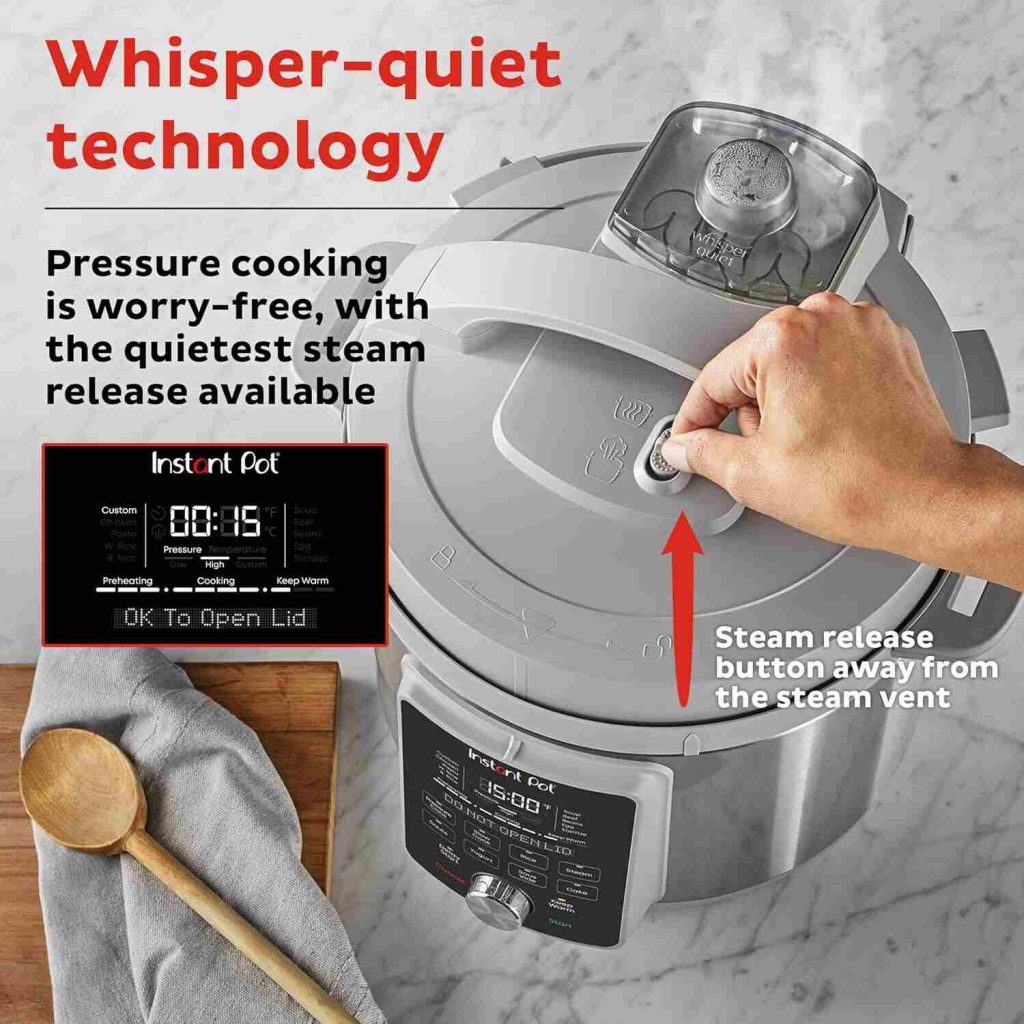
How do I know if the pressure cooker is done?
Knowing when a pressure cooker has finished its job is crucial for achieving perfectly cooked meals and ensuring safety. Pressure cookers use high pressure and steam to cook food quickly, but determining when cooking is complete can be a bit tricky if you’re new to using one. Here’s a guide to help you understand when your pressure cooker is done and how to handle it safely.
Signs That Cooking is Complete
Timer Alert: Most modern electric pressure cookers come with built-in timers that signal when the cooking cycle is complete. Once the timer goes off, the cooker will either switch to a “keep warm” mode or turn off, depending on the model. Always rely on the timer for accurate cooking times.
Pressure Release: For stovetop pressure cookers, you can check the pressure indicator. Many models have a pressure gauge or indicator that pops up when the desired pressure is reached and drops when the pressure is released. When the pressure indicator drops back down, it typically means the cooking process is finished.
Steam Release: If you’re using a stovetop pressure cooker, you may notice that the steam has slowed or stopped coming out of the valve. This can indicate that the cooking time is up. However, always refer to your recipe or manufacturer’s instructions for the specific timing.
How to Safely Check if Cooking is Complete
Natural Pressure Release: Allowing the pressure to release naturally is one way to ensure that the cooking process is complete. After the timer goes off, turn off the heat and let the pressure cooker sit undisturbed. The pressure will decrease on its own, and you can safely open the lid once the pressure indicator shows that it’s safe to do so.
Quick Pressure Release: If you need to check the food sooner, use the quick release method. Carefully open the valve to release steam rapidly. This method is typically used for dishes that benefit from a quick release of pressure, such as vegetables or delicate foods. Be cautious of the hot steam and ensure you’re using a towel or utensil to avoid burns.
Check the Recipe: Always refer to your recipe for specific guidance on cooking times and methods. Some recipes may require a combination of natural and quick release methods, or they may have specific instructions on how to check for doneness.
Test for Doneness: For certain dishes, you can test for doneness by opening the lid (once it’s safe to do so) and checking the texture or temperature of the food. For instance, if you’re cooking beans or meat, make sure they are tender and fully cooked. Use a meat thermometer if needed to ensure that meat has reached the appropriate internal temperature.
Safety Tips
Never Force the Lid Open: If you try to open the pressure cooker before it has fully depressurized, you risk injury from hot steam and potential damage to the cooker. Always wait until the pressure indicator shows it is safe to open.
Follow Manufacturer’s Instructions: Different pressure cookers may have specific guidelines and features. Always consult the user manual for your particular model to understand how to determine when it’s safe to open the lid.
Conclusion
Determining if your pressure cooker is done involves understanding the signs of completed cooking and using proper techniques for releasing pressure. By paying attention to timers, pressure indicators, and following safe release methods, you can ensure that your meals are perfectly cooked and that you handle the pressure cooker safely. Whether you’re a novice or an experienced cook, mastering these techniques will enhance your pressure cooking experience and lead to delicious results. Find the best instant pressure cookers that combine speed, versatility, and ease of use for perfect meals in minutes.
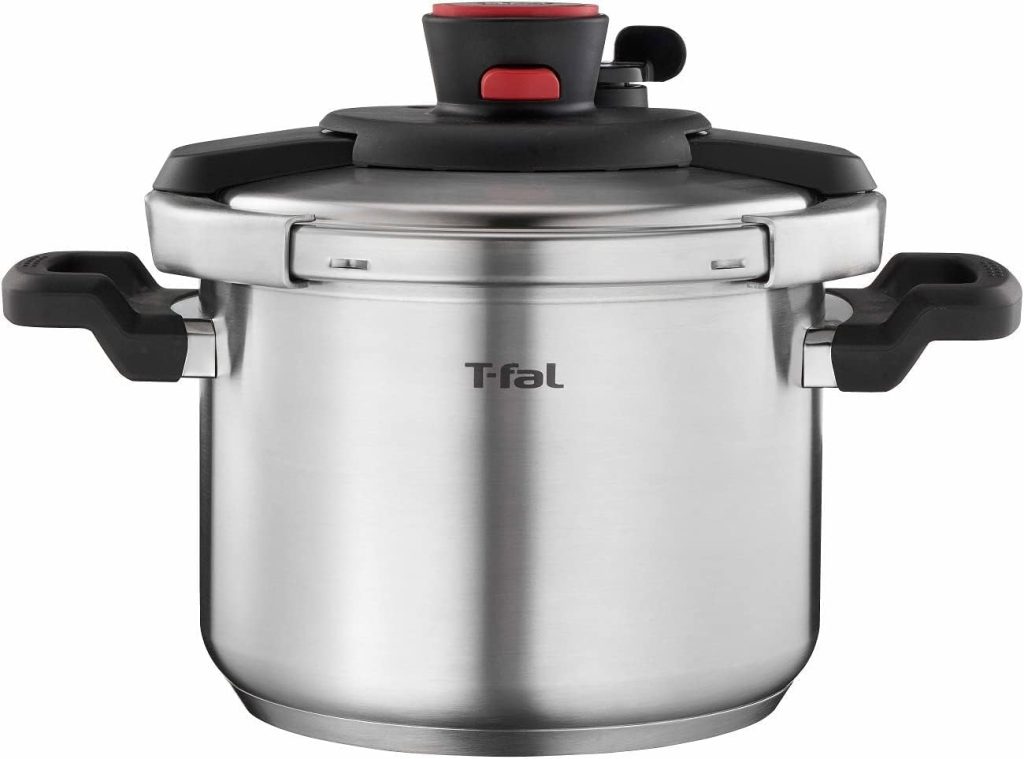
Can we cook directly in pressure cooker?
How To Use A Pressure Cooker has become increasingly popular due to its efficiency, speed, and ability to retain nutrients in food. But one common question arises: Can we cook food directly in a pressure cooker?
What Does It Mean to Cook Directly in a Pressure Cooker?
Cooking directly in a pressure cooker refers to placing the ingredients directly into the cooker’s inner pot without using any intermediary vessels like bowls or steaming racks. This method is widely used for making soups, stews, curries, rice, and even some desserts. However, it’s essential to understand the nuances of this cooking method to ensure safety, optimal flavor, and texture.
Advantages of Cooking Directly in a Pressure Cooker
Efficiency and Speed: One of the most significant benefits of cooking directly in a pressure cooker is the reduction in cooking time. The pressurized environment raises the boiling point of water, allowing food to cook faster than traditional methods. This is particularly useful for tough cuts of meat, legumes, and grains.
Flavor Concentration: When you cook directly in a pressure cooker, the flavors of the ingredients are sealed within the pot, leading to a more intense and concentrated taste. This makes it ideal for dishes like stews and braises, where depth of flavor is key.
Nutrient Retention: Cooking under pressure helps preserve the nutrients in food. Since the cooking time is shorter and less water is used, vitamins and minerals are less likely to be lost during the process.
One-Pot Cooking: Cooking directly in the pressure cooker reduces the number of dishes to clean, making meal preparation and cleanup easier. This is especially beneficial for busy households.
Considerations for Cooking Directly in a Pressure Cooker
Liquid Requirements: Pressure cookers rely on steam to build pressure, so it’s essential to have enough liquid in the pot. The amount of liquid required depends on the recipe, but most pressure cookers need at least one cup of liquid to function correctly. This could be water, broth, or any other cooking liquid.
Avoiding Burnt Food: Since food is in direct contact with the heat source, there is a risk of food burning, especially if it’s thick or starchy. To prevent this, it’s important to stir the food occasionally if the recipe allows, use sufficient liquid, and avoid cooking on too high a heat setting.
Layering Ingredients: When cooking a dish with multiple ingredients that cook at different rates, consider layering them strategically. For example, place tougher vegetables and meats at the bottom, closest to the heat source, and more delicate ingredients on top.
Pressure Release: Understanding how to release pressure safely is crucial. Quick release (opening the valve immediately after cooking) and natural release (letting the pressure drop on its own) are the two primary methods. The appropriate method depends on the recipe and the type of food being cooked.
Cleaning and Maintenance: After cooking, ensure that the pressure cooker is cleaned thoroughly. Food residues, especially on the gasket and valve, can affect the cooker’s performance and safety.
What Can You Cook Directly in a Pressure Cooker?
Rice and Grains: Rice, quinoa, and other grains cook perfectly when placed directly in the pressure cooker. Just ensure the water-to-grain ratio is correct to avoid sticking or burning.
Soups and Stews: These are classic pressure cooker dishes. The direct cooking method allows the flavors to meld together beautifully.
Meat Dishes: Braising meats in a pressure cooker yields tender, flavorful results. Just be mindful of the liquid level to prevent scorching.
Legumes: Beans, lentils, and chickpeas cook quickly and evenly when placed directly in the cooker. They are one of the best examples of how pressure cooking can save time without compromising quality.
Foods to Avoid Cooking Directly in a Pressure Cooker
Some foods don’t fare well when cooked directly in a pressure cooker. Foods that can foam excessively, like pasta, oatmeal, or certain beans, may clog the pressure valve and should be cooked with caution. Delicate vegetables might also turn mushy, so steaming them separately may be a better option.
Conclusion
Cooking directly in a pressure cooker is not only possible but also highly efficient and flavorful. However, it requires understanding the specific requirements and techniques to ensure the best results. With the right approach, a pressure cooker can become an indispensable tool in your kitchen, helping you create delicious meals in a fraction of the time. Discover the best-rated pressure cookers with top reviews for safety, durability, and performance, ensuring perfect meals every time.
What can be cooked in a pressure cooker?
A pressure cooker is a versatile kitchen appliance that has transformed the way we cook, making it possible to prepare a wide variety of dishes in a fraction of the time it takes using conventional methods. Whether you’re a busy professional, a home cook, or someone looking to simplify meal preparation, understanding what can be cooked in a pressure cooker can open up a world of culinary possibilities.
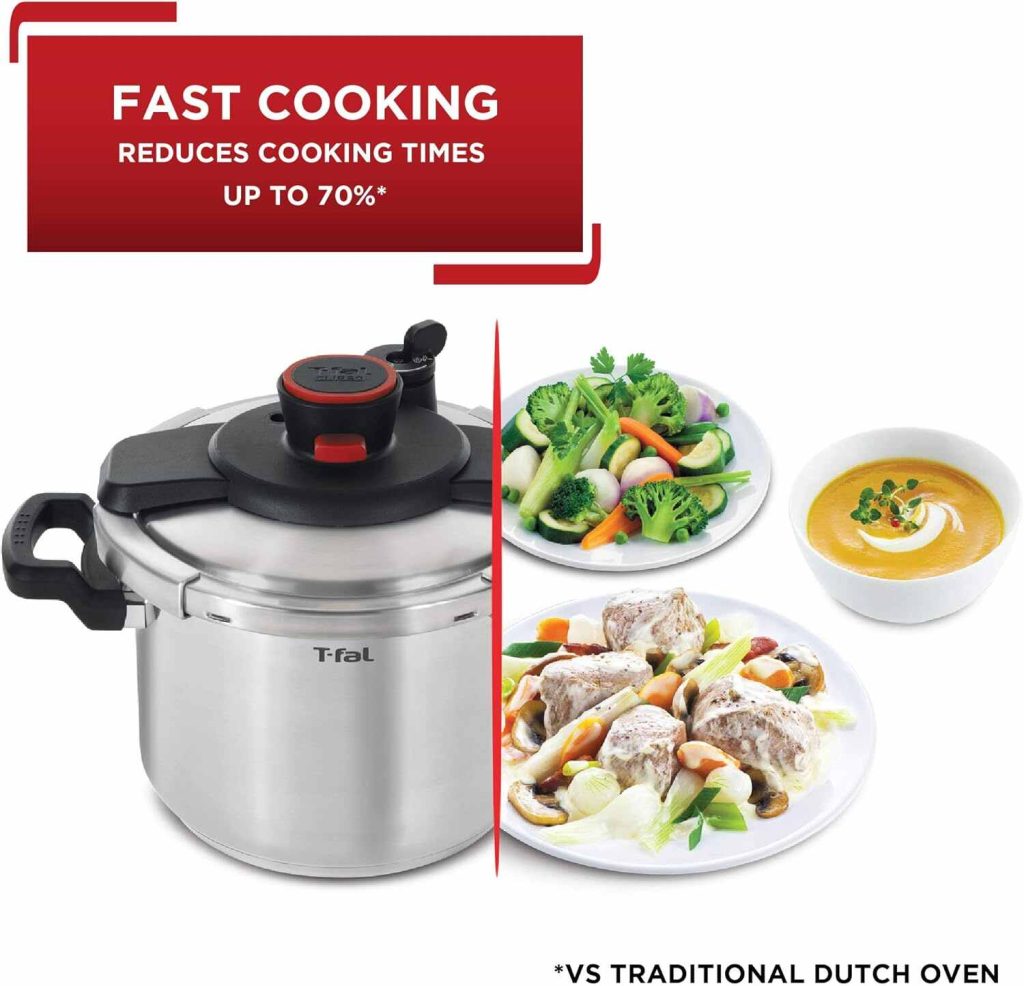
The Basics: How a Pressure Cooker Works
Before diving into what can be cooked in a pressure cooker, it’s essential to understand how it works. A pressure cooker uses steam pressure to cook food quickly. The sealed environment traps steam, raising the internal pressure and temperature, which speeds up the cooking process while locking in flavors and nutrients. This method is particularly beneficial for foods that typically require long cooking times, such as tough cuts of meat, beans, and grains.
1.Meat and Poultry
Tender and Juicy Cuts: Pressure cookers are renowned for their ability to tenderize tough cuts of meat, such as beef brisket, pork shoulder, and lamb shanks. These cuts, which usually take hours to cook using traditional methods, can be transformed into tender, melt-in-your-mouth dishes in under an hour.
Whole Chicken and Poultry: Cooking a whole chicken in a pressure cooker results in moist and flavorful meat, with the added benefit of creating a rich broth. Chicken thighs, legs, and breasts also cook well, retaining their juiciness and absorbing the flavors of any added spices or marinades.
Ground Meat Dishes: Ground beef or turkey can be cooked quickly in a pressure cooker for use in dishes like chili, tacos, or spaghetti sauce. The high pressure helps break down the meat, allowing it to absorb flavors and seasonings fully.
2.Beans and Legumes
Dried Beans: One of the standout features of a pressure cooker is its ability to cook dried beans without the need for soaking. Black beans, kidney beans, chickpeas, and lentils all cook to perfection in a fraction of the time, making them a convenient and healthy addition to your diet.
Soups and Stews: Beans and legumes are staples in many soups and stews, and a pressure cooker is perfect for these hearty dishes. The beans cook evenly, and the flavors have time to meld together, creating a rich and satisfying meal.
3.Rice and Grains
Perfectly Cooked Rice: Whether you’re making white rice, brown rice, or even wild rice, a pressure cooker ensures consistent results with minimal effort. The grains cook evenly and quickly, and there’s no need to worry about them sticking to the bottom of the pot.
Quinoa, Barley, and Other Grains: Quinoa, barley, farro, and other grains also cook well in a pressure cooker. These grains often require long cooking times, but a pressure cooker reduces the time significantly while maintaining their texture and flavor.
4.Vegetables
Root Vegetables: Root vegetables like potatoes, carrots, sweet potatoes, and beets cook beautifully in a pressure cooker. They become tender and flavorful, making them ideal for mashes, side dishes, or additions to stews.
Steamed Vegetables: While delicate vegetables like broccoli, spinach, and green beans can be tricky to cook directly in a pressure cooker without overcooking, steaming them in a pressure cooker yields excellent results. Using a steaming basket helps retain their vibrant color and nutrients.
5.Soups and Stews
Flavorful Broths: Making broth or stock in a pressure cooker is quick and efficient. The high pressure extracts flavors from bones, vegetables, and herbs, resulting in a rich and nutritious broth that can be used as a base for soups or other dishes.
Hearty Stews: Beef stew, chicken stew, and vegetable stew all benefit from pressure cooking. The ingredients meld together beautifully, creating a deep, rich flavor profile that would typically take hours to develop.
6.Desserts
Cheesecake: Yes, you can make a creamy and delicious cheesecake in a pressure cooker! The moist environment created by the steam pressure is ideal for cooking a cheesecake with a smooth, crack-free surface.
Puddings and Custards: Pressure cookers are also great for making puddings, custards, and other steamed desserts. These desserts cook evenly and retain their moisture, resulting in a creamy texture that’s hard to achieve with traditional methods.
Rice Pudding: This classic comfort dessert is a perfect candidate for pressure cooking. The rice cooks to a tender consistency, and the flavors of the milk, sugar, and spices meld together perfectly.
7.Eggs
Hard-Boiled Eggs: Pressure cookers are incredibly efficient for making hard-boiled eggs. They cook evenly, and the shells are easier to peel than those cooked using conventional methods.
Frittatas and Egg Bites: You can also make frittatas or egg bites in a pressure cooker. These protein-packed dishes cook quickly and evenly, making them perfect for breakfast or a quick snack.
Conclusion
How To Use A Pressure Cooker The versatility of a pressure cooker is truly remarkable, allowing you to cook a wide range of foods quickly and efficiently. From tender meats and hearty stews to perfectly cooked grains and even desserts, the possibilities are endless. Whether you’re a seasoned chef or a beginner in the kitchen, a pressure cooker can help you create delicious, nutritious meals with minimal effort. Embracing this appliance in your kitchen will not only save you time but also elevate the quality of your cooking.
As an Amazon Associate, We earn from qualifying purchases. When you purchase a product through Amazon links on kitchenadvising.com, we may earn a small commission at no extra cost to you. This helps support the site and keep our content free.


